We all know the drill for retirement planning: Diligently contribute to your 401(k) or IRA, watch that balance climb higher each year, and breathe a sigh of relief knowing your retirement is “on track.” It feels responsible, secure even. But have you ever stopped to consider what that impressive number on your statement really means for your actual retirement lifestyle? Is the retirement savings nest egg you’re building truly all yours to spend?
My friend Sarah was the picture of retirement readiness. For decades, she’d maxed out her 401(k), celebrated every market upswing, and envisioned a comfortable future funded by her substantial savings. Then, as retirement neared, a nagging question surfaced: how much of this is actually mine after taxes? The answer, she discovered, was startlingly less than she’d imagined. Sarah, like many of us, had focused solely on accumulation, overlooking the crucial factor of taxation in retirement.
Financial author Patrick Kelly, known for his insights into stress-free retirement strategies, argues that this focus on the gross number is a fundamental flaw in conventional planning. He urges us to shift our perspective from mere accumulation to understanding our net spendable income in retirement. This article explores some common, potentially costly misconceptions about retirement savings, drawing on Kelly’s wisdom, and reveals why focusing on what you keep after taxes is the key to unlocking a truly secure and stress-free retirement.
The Poker-Chip Mentality: Are You Gambling with Your Future Taxes?
Patrick Kelly uses a powerful analogy: many people treat their retirement savings like poker chips. They diligently push chip after chip—representing their hard-earned savings—into the “tax-deferred” pot (their 401(k)s and IRAs). They get an immediate reward – the tax deduction feels good now. But they often do this without fully understanding the stakes or the rules of the game when it’s time to cash those chips out in retirement.
The common advice reinforces this behavior: “Max out your 401(k)! Get the match! Deduct it now!” While the upfront deduction is appealing, it simply defers the tax problem. You’re essentially making a bet that tax rates will be lower when you retire than they are today. Given the financial challenges facing our country, including massive unfunded liabilities for programs like Social Security and Medicare, is that a safe bet? Many experts, including Kelly, suggest future tax rates are likely to be significantly higher, turning that deferred tax into a much larger liability down the road.
Imagine diligently saving, only to find that the government’s share of your nest egg keeps growing larger than you ever anticipated. This uncertainty regarding future 401k taxes and IRA taxes is the hidden risk of the poker-chip mentality – gambling on unknown future tax rates.
The Big Lie: Your 401(k) Isn’t All Yours
Building on this, Kelly exposes what he calls “The Big Lie” – the pervasive misconception that the entire balance displayed on your 401(k) or IRA statement belongs to you. It doesn’t. Think of it this way: you have a silent partner in your retirement account, and that partner is Uncle Sam, waiting to collect future IRA taxes and 401k taxes.
Kelly estimates that anywhere from 30% to potentially 50% or more of your tax-deferred account balance is effectively pre-allocated to the IRS to cover future income taxes. This applies not only to any pre-tax contributions but also to all the growth your investments have generated over the decades. Every dollar you withdraw in retirement from these traditional accounts is generally taxed as ordinary income.
This drastically reduces your actual spendable retirement funds. That $1 million balance might only translate to $600,000 or $700,000 in your pocket after taxes, depending on your withdrawal rate and future tax brackets. Ignoring this reality is like planning a cross-country road trip based on your car’s fuel tank capacity without accounting for the fuel gauge reading only half full.
It’s What You Keep That Counts
This brings us to the core theme for sound retirement planning: it’s what you keep that counts. The true measure of retirement readiness isn’t the gross number on your statement, but the net, after-tax income you can reliably spend each year without running out of money.
When you withdraw funds from tax-deferred accounts, you face federal income tax, potentially state income tax, and sometimes even local taxes. Furthermore, these withdrawals count as “provisional income,” which can trigger taxation on your Social Security benefits. Depending on your income level, up to 85% of your Social Security could become taxable, creating an unexpected tax-on-tax situation.
Consider two retirees, both with $1 million in retirement savings. Retiree A has it all in a traditional 401(k). Retiree B has diversified, with a significant portion in tax-free vehicles aiming for a tax-free retirement. When they both start withdrawing funds, Retiree B enjoys a much higher spendable income because their withdrawals aren’t being eroded by taxes. Retiree A, meanwhile, constantly worries about tax brackets and the impact of withdrawals on their Social Security. Who has the more stress-free retirement?
How Can They Do That? Understanding the Tax Game
Why does the system work this way? It’s simple: the tax code offers a deal. Get a tax deduction now for your contributions, and in return, the government gets to tax those contributions and all the growth later. From the government’s perspective, the trillions sitting in tax-deferred accounts represent a massive pool of guaranteed future revenue – revenue needed to fund those aforementioned obligations. This makes future 401k taxes and IRA taxes a critical part of government projections.
Many people justify deferring taxes by assuming they’ll be in a lower tax bracket in retirement. But this assumption is often flawed. While your earned income stops, you lose significant deductions like mortgage interest and child tax credits. And as we discussed, future tax rates themselves could be substantially higher across the board. Relying on being in a lower bracket is another gamble, not a guarantee.
Shifting Your Focus: Towards Tax-Free Certainty
If the traditional approach is fraught with uncertainty and potential tax burdens, what’s the alternative? The answer lies in shifting focus towards strategies that provide tax-free income in retirement – the cornerstone of a true tax-free retirement plan.
Vehicles exist where you contribute after-tax dollars, but the growth and, crucially, the withdrawals in retirement are completely tax-free. Think Roth IRAs/401(k)s and, as we’ll explore in future articles, properly structured cash value life insurance. These strategies offer control and certainty. You know that the money you access in retirement is yours to keep, untouched by unpredictable future income tax rates.
Conclusion: Take Control of Your Retirement Future
Understanding the potential pitfalls of relying solely on tax-deferred retirement savings is the first step towards a truly secure retirement. Remember Patrick Kelly‘s warning about the Poker-Chip Mentality – don’t gamble with unknown future taxes. Recognize The Big Lie – your 401(k) balance isn’t all yours. And embrace the principle that it’s what you keep that counts.
By acknowledging the hidden tax risks in conventional retirement planning, you empower yourself to make different choices. It’s time to re-evaluate your strategy, consider tax diversification, and explore the powerful benefits of tax-free retirement income.
Is your retirement plan built on assumptions or certainty? Let’s explore how you can secure a truly tax-free future. Contact Dawn O’Brien today for a personalized strategy session.
Disclaimer: This article is for informational purposes only and does not constitute financial or tax advice. Consult with a qualified professional before making any financial decisions.



